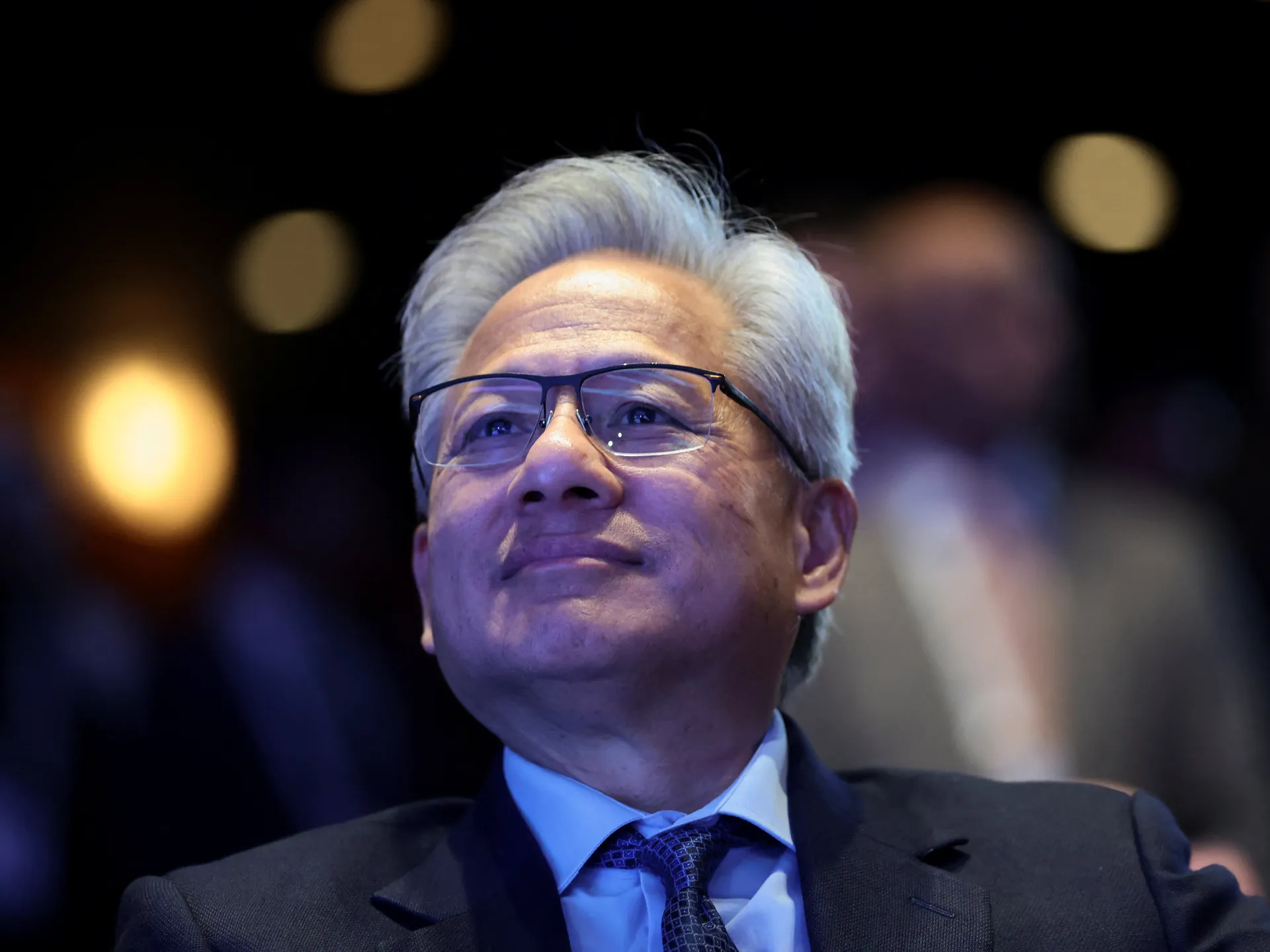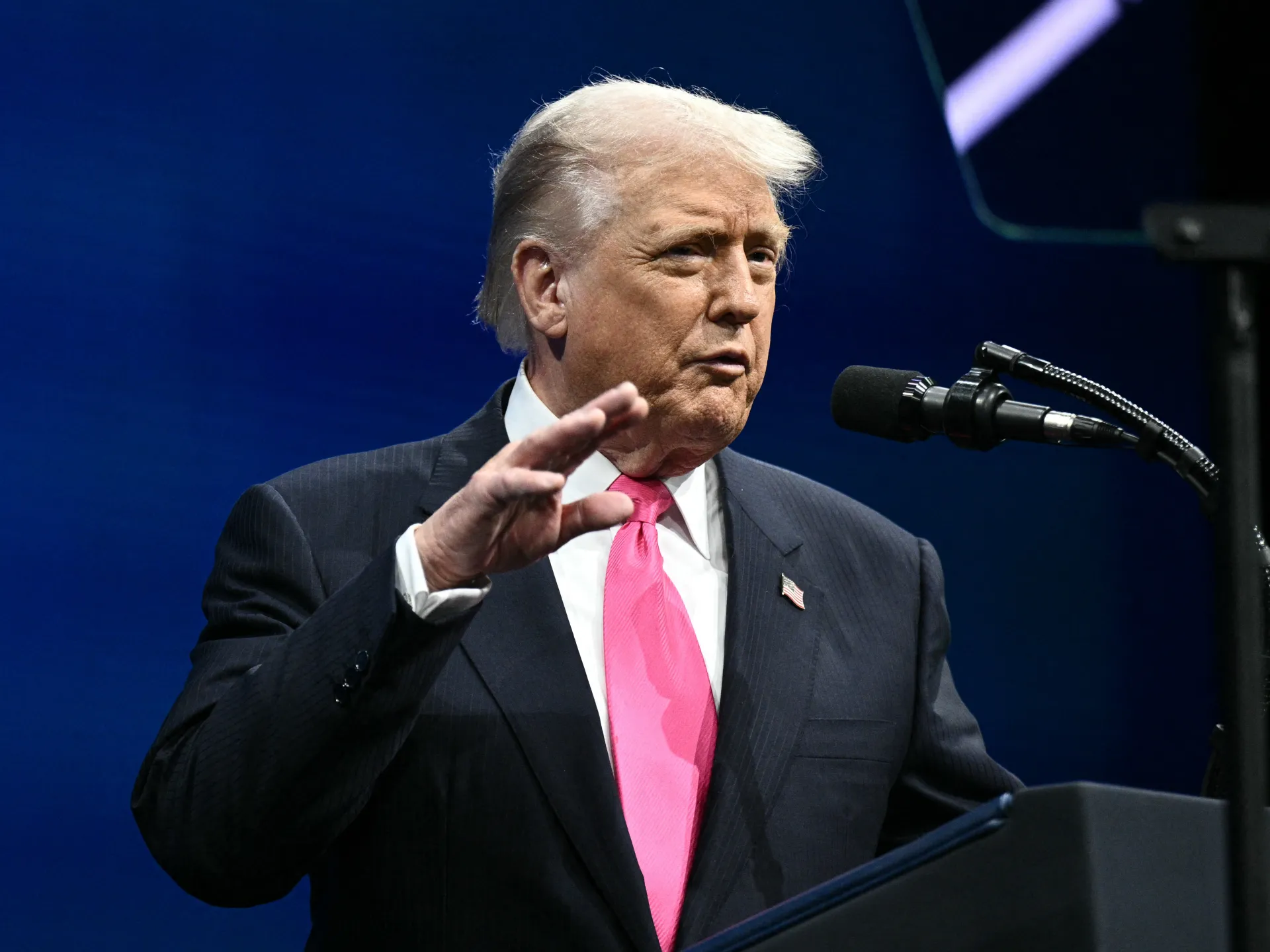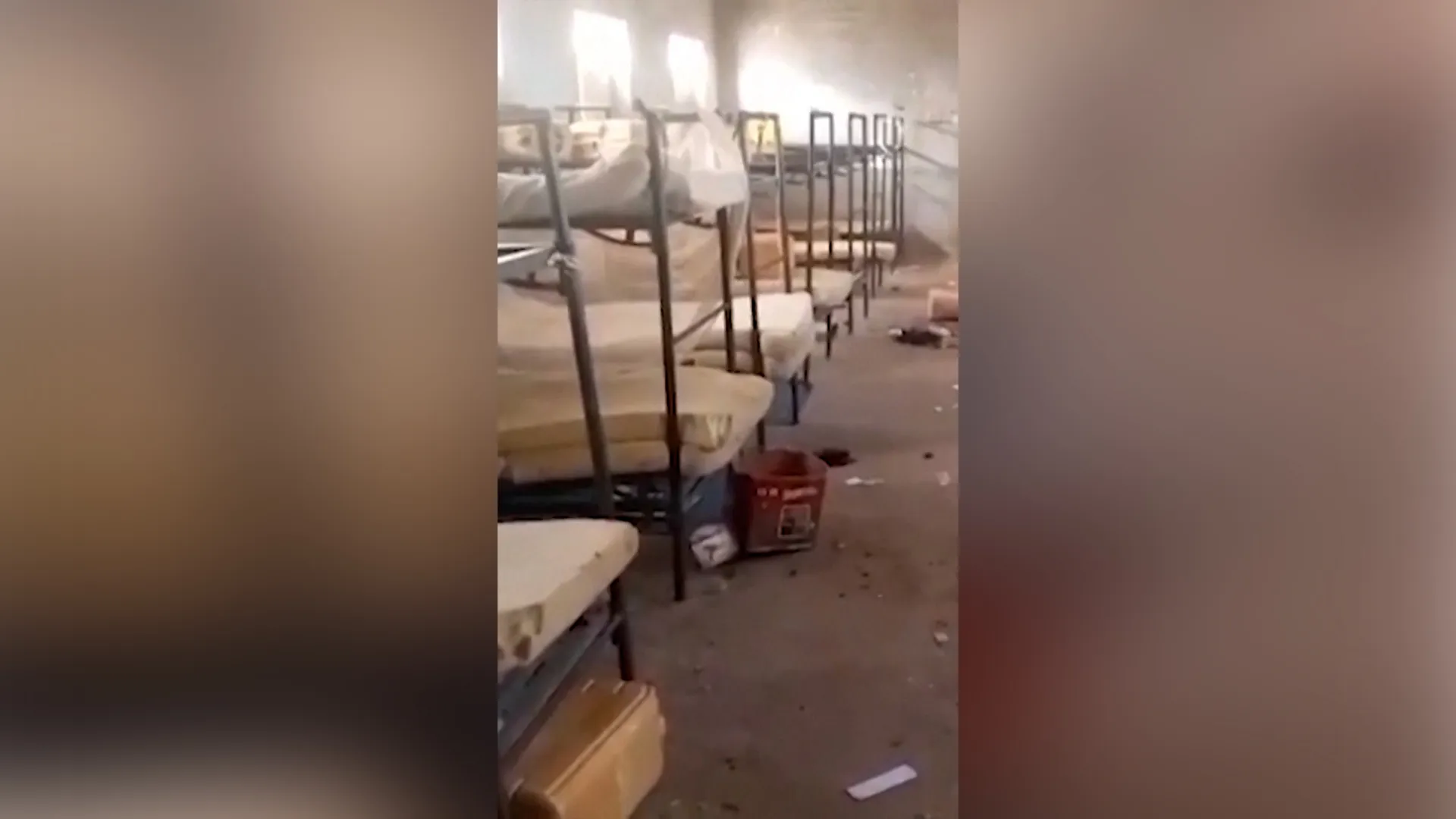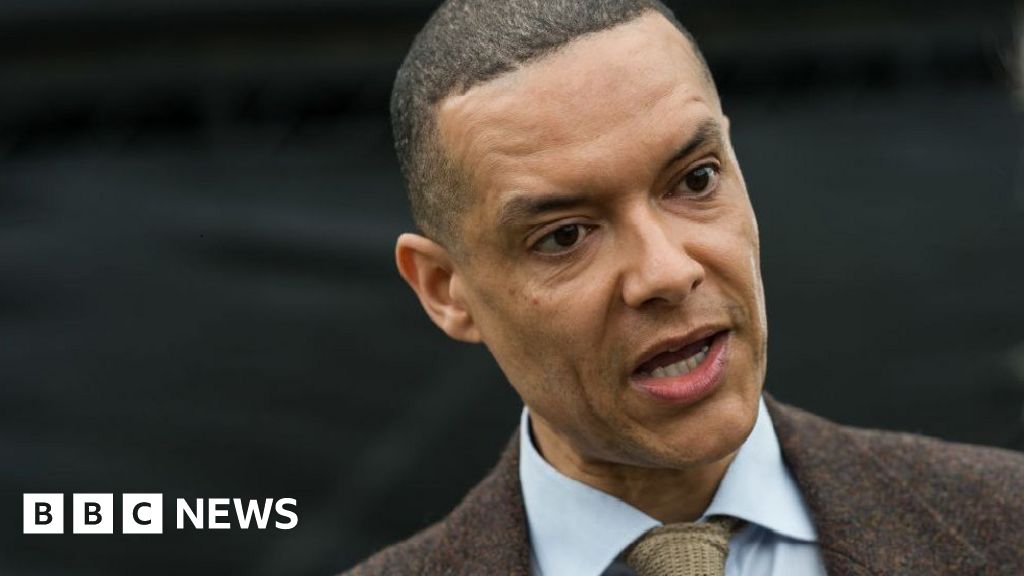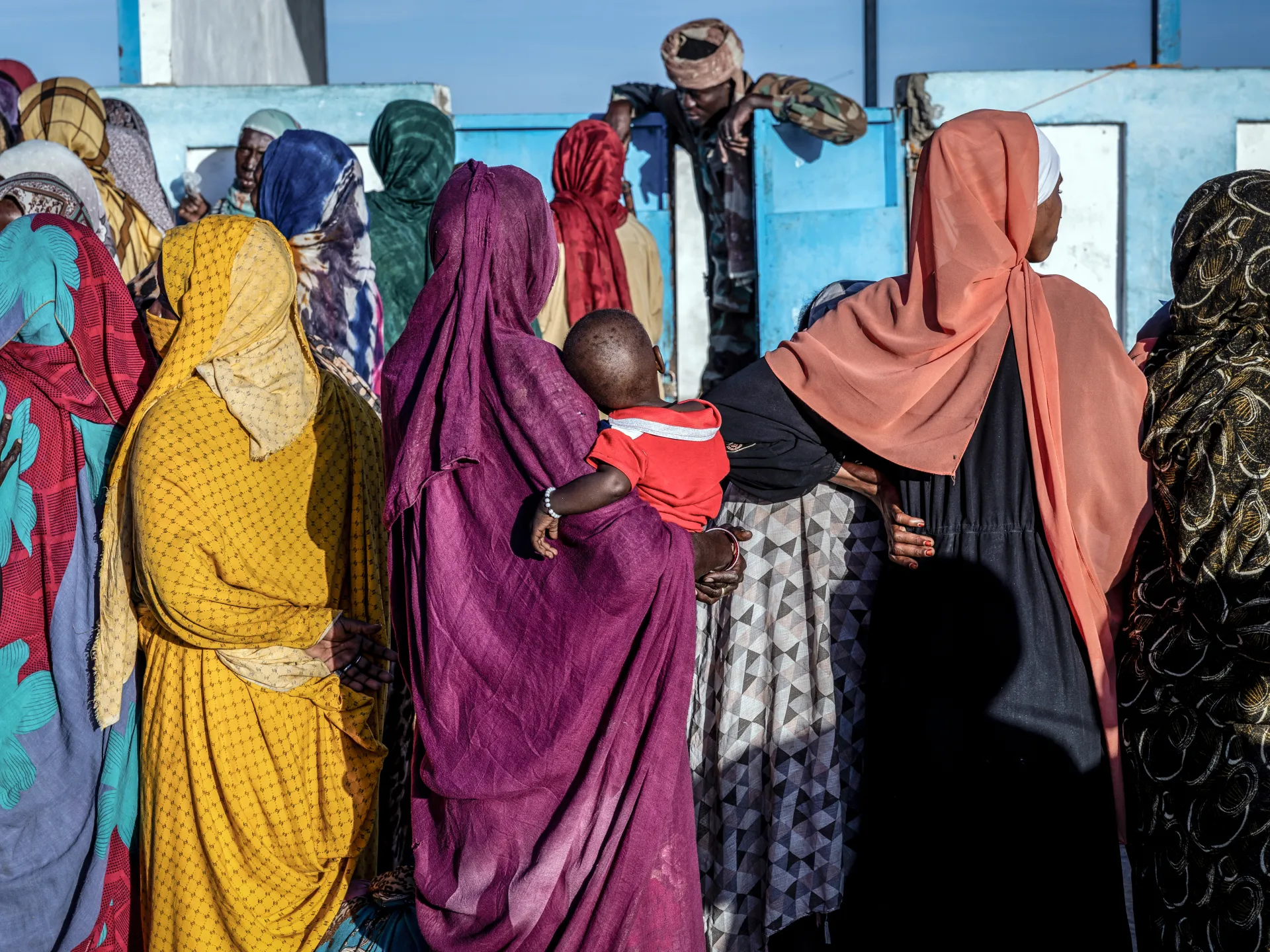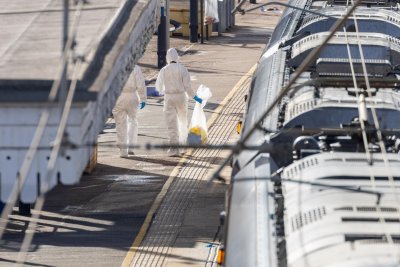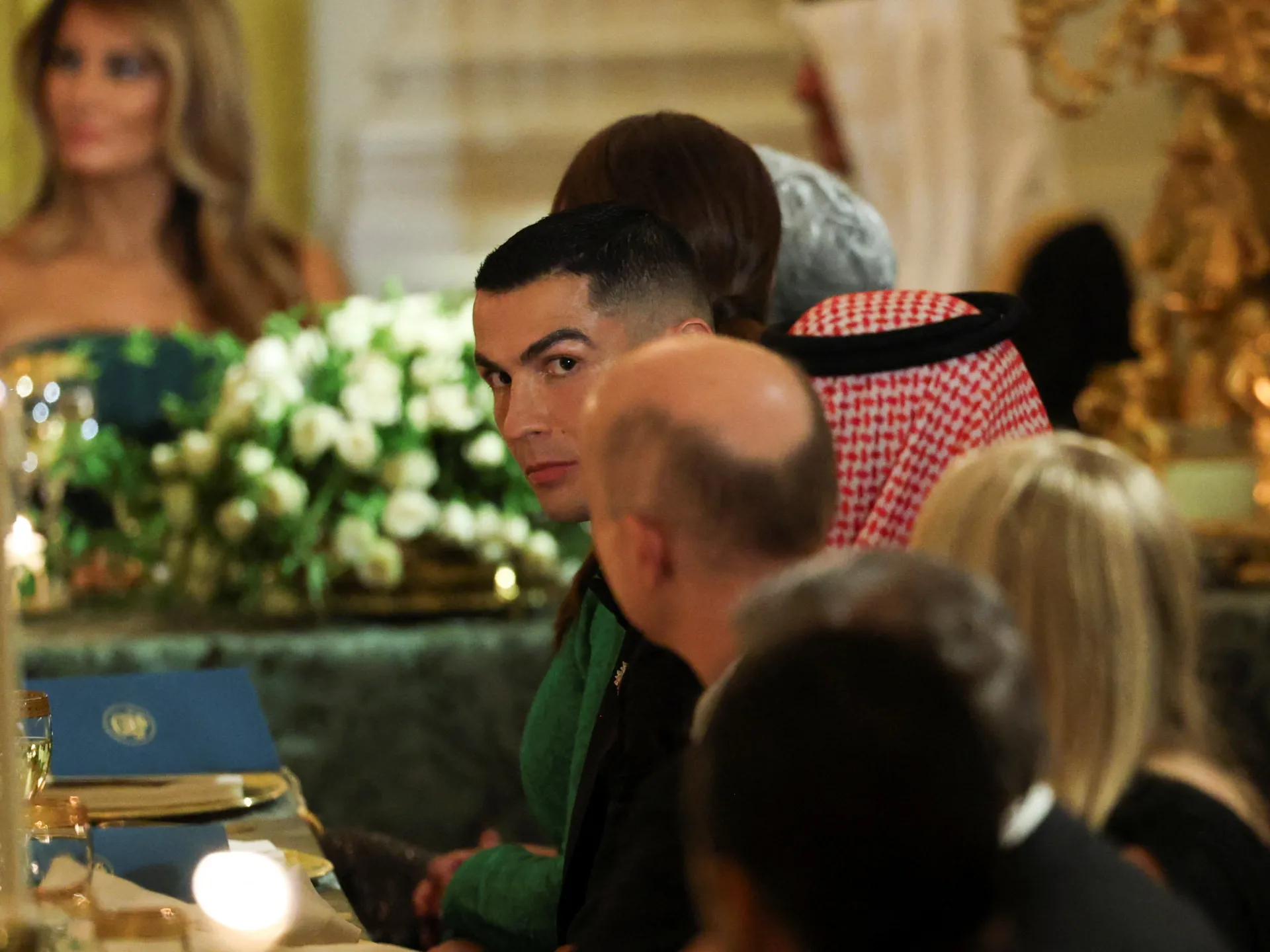Nvidia forecasts Q4 revenue above estimates despite AI bubble concerns | Technology News
Analysts expect AI chip demand to remain strong.
Published On 19 Nov 2025
Nvidia has forecast fourth-quarter revenue above Wall Street estimates and is betting on booming demand for its AI chips from cloud providers even as widespread concerns of an artificial intelligence bubble grow stronger.
The world’s most valuable company expects fourth-quarter sales of $65bn, plus or minus 2 percent, compared with analysts’ average estimate of $61.66bn, according to data compiled by LSEG.
Recommended Stories
list of 4 itemsend of list
The results from the AI chip leader mark a defining moment for Wall Street as global markets look to the chip designer to determine whether investing billions of dollars in AI infrastructure expansion has resulted in towering valuations that potentially outpace fundamentals.
“The AI ecosystem is scaling fast with more new foundation model makers, more AI start-ups across more industries and in more countries. AI is going everywhere, doing everything, all at once,” Nvidia CEO Jensen Huang said in a statement.
Before the results, doubts had pushed Nvidia shares down nearly 8 percent in November after a 1,200 percent surge in the past three years.
Sales in the data-centre segment, which accounts for a majority of Nvidia’s revenue, grew to $51.2bn in the quarter that ended on October 26. Analysts had expected sales of $48.62bn, according to LSEG data.
Warning signs
But some analysts noted that factors beyond Nvidia’s control could impede its growth.
“While GPU [graphics processing unit] demand continues to be massive, investors are increasingly focused on whether hyperscalers can actually put this capacity to use fast enough,” said Jacob Bourne, an analyst with eMarketer. “The question is whether physical bottlenecks in power, land and grid access will cap how quickly this demand translates into revenue growth through 2026 and beyond.”
Nvidia’s business also became increasingly concentrated in its fiscal third quarter with four customers accounting for 61 percent of sales. At the same time, it sharply ramped up how much money it spends renting back its own chips from its cloud customers, who otherwise cannot rent them out, with those contracts totalling $26bn – more than double their $12.6bn in the previous quarter.
Still, analysts and investors widely expected the underlying demand for AI chips, which has powered Nvidia results since ChatGPT’s launch in late 2022, to remain strong.
Nvidia CEO Jensen Huang said last month that the company has $500bn in bookings for its advanced chips through 2026.
Big Tech, among Nvidia’s largest customers, has doubled down on spending to expand AI data centres and snatch the most advanced, pricey chips as it commits to multibillion-dollar, multigigawatt build-outs.
Microsoft last month reported a record capital expenditure of nearly $35bn for its fiscal first quarter with roughly half of it spent primarily on chips.
Nvidia expects an adjusted gross margin of 75 percent, plus or minus 50 basis points in the fourth quarter, compared with market expectation of 74.5 percent.
